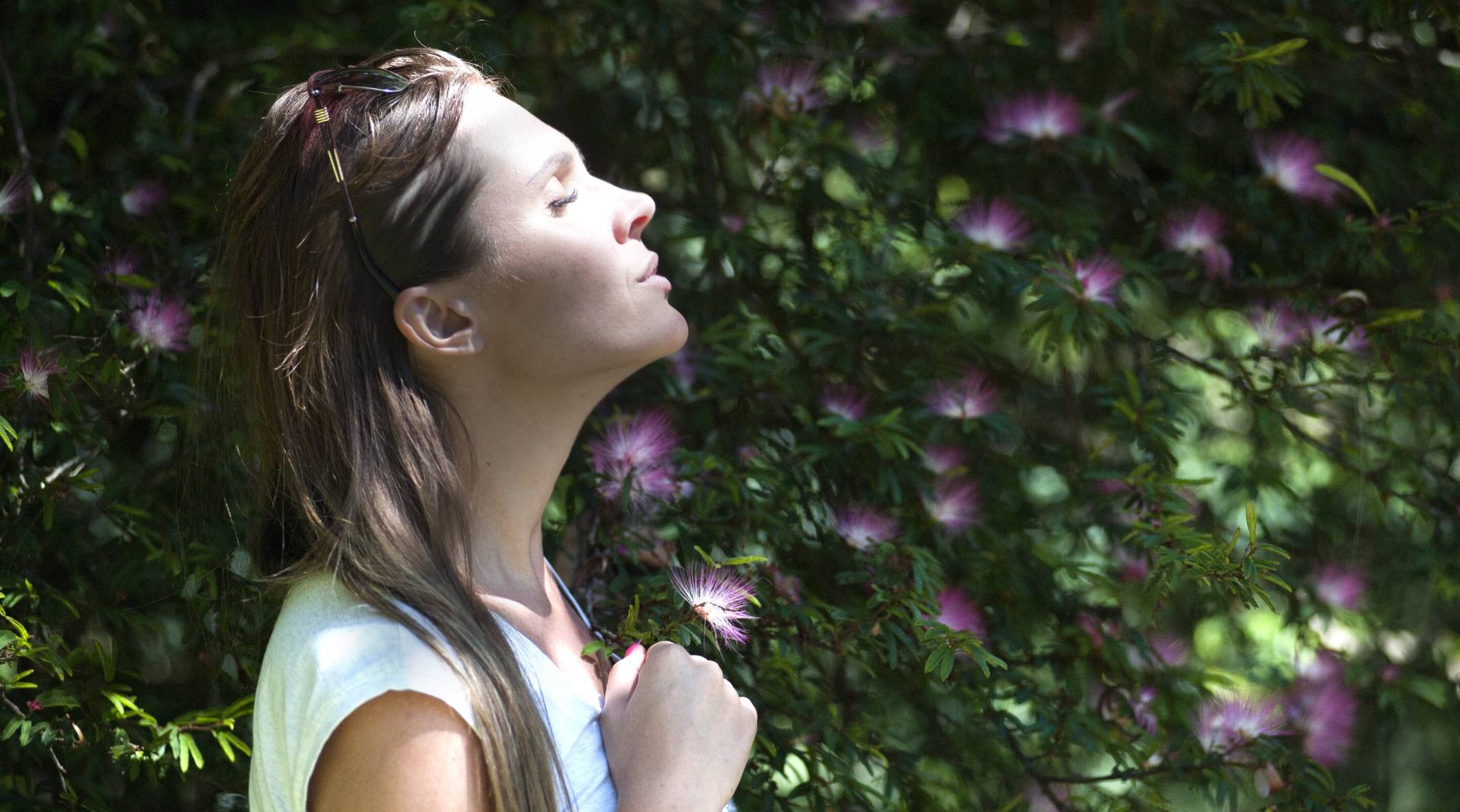Can Breathwork Be Psychedelic?

PREMIUM CONTENT for MEMBERS ONLY
By Sarah Abedi, MD
Breathing techniques have been used for millennia to improve physical, mental, and spiritual health. Pranayama, for example, is the ancient yogic practice of controlling the breath. In Sanskrit, “prana” means life energy and “yama” means control. The goal of pranayama is to connect the body and mind. Some examples of pranayama include alternate nostril breathing, ujjayi breath, or bellows breath. The latter is a traditional yoga breathing technique also called Bhastrika, and is used to energize the body, increase alertness and clarify the mind.
In a study looking at healthy young adults, pranayama breathing reduced perceived stress levels. The effect was hypothesized to be due to the increased oxygen uptake. Another study noted that practitioners of pranayama showed both better levels of emotional regulation as well a higher mindfulness levels. Further studies have noted that pranayama can reduce high blood pressure, as well as improve cognitive function.
“The goal was to achieve altered states of consciousness without using medication as a potential therapeutic tool.”
One type of breathwork called Holotropic Breathwork was developed in the 1970s by psychiatrists Stanislav and Christina Grof. The goal was to achieve altered states of consciousness without using medication as a potential therapeutic tool. This technique involves changing the frequency, pace, and depth of breathing to influence the mental and emotional framework of the individual. The Grofs prior to creating this modality had a long history of studying LSD in the late 1960s for its therapeutic benefit. They believed that altered states of consciousness can facilitate deep healing. Stanislav Grof was the co-founder of transpersonal psychology along with Abraham Maslow. When research on LSD was suppressed and halted by the Nixon administration, Grof started to work on a theory that suggested that similar altered states could be explored without drugs using certain breathing techniques.
“… each person has an inner healing wisdom that will guide them to what needs to come to the surface for processing.”
Holotropic comes from the Greek word “holos” meaning whole and “trepein” meaning to move toward, translating to “moving toward wholeness”. The underlying premise is that each person has an inner healing wisdom that will guide them to what needs to come to the surface for processing. The facilitator that guides the breathing does not tell the practitioner what to focus on, but instead suggests working with what emerges during the breathing experience. Other breathwork modalities such as pranayama-style breathing has also produced similar altered healing states.
Although the research is limited, breathwork practitioners have noted improvement in chronic pain, somatic release of trauma in the physical body, alleviation of depression and anxiety, and a newfound insight on problems. It is important to note that this type of hyperventilation breathing can cause reduced carbon dioxide temporarily in the blood causing symptoms of dizziness, spasms of the feet and tingling sensations. Because this breathing technique can cause intense physical and emotional responses, it is best to discuss possible risks with a healthcare provider, in particular if there is any history of high blood pressure, recent surgery, psychosis, severe mental illness, or pregnancy.
As we start to delve deeper into exploration of the therapeutic benefits of psychedelic modalities, and the underlying premise of tapping into our inner healing wisdom, there will hopefully be more scientific evidence that can help us make sense of which healing modalities are best suited for which individuals, with breathwork being a potential alternative to those not suited for psychedelic medicine.
 Sarah Abedi, MD is an emergency medicine doctor practicing in Southern California. She completed her medical school at UC Irvine and finished her emergency medicine residency at Harbor UCLA. Her medical interests lie in the science of disease prevention which motivated her to create The Hidden Body Podcast.
Sarah Abedi, MD is an emergency medicine doctor practicing in Southern California. She completed her medical school at UC Irvine and finished her emergency medicine residency at Harbor UCLA. Her medical interests lie in the science of disease prevention which motivated her to create The Hidden Body Podcast.